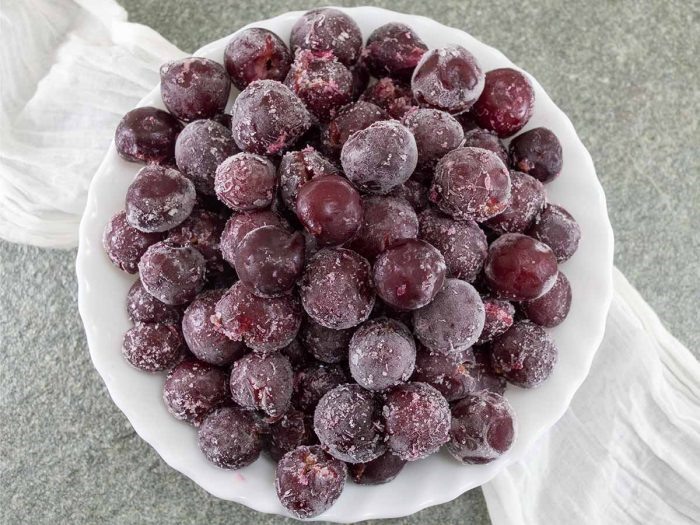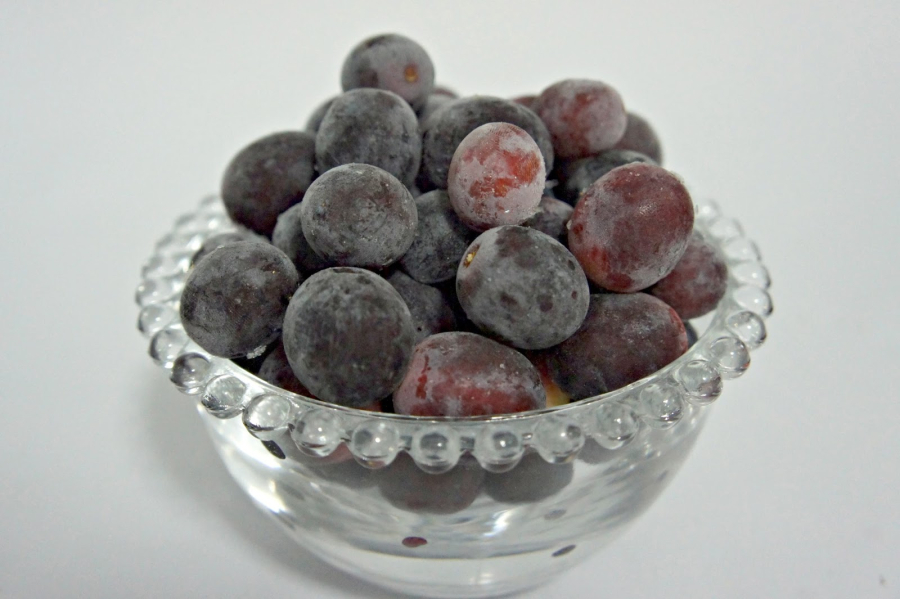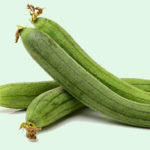It is quite common for people to peel fruits before consumption, be it out of habit or to enhance flavor, reduce toxins, and ensure hygiene. However, there are certain fruits, such as grapes, that we should consume with their skins on after thoroughly washing them. Doing so has been proven to optimize the absorption of antioxidants and anti-inflammatory compounds, offering multiple health benefits. Notably, consuming grapes with their skins and then freezing them further enhances this effect.
Research indicates that grapes are packed with vitamins A, B1, B2, and C, along with protein, polyphenols, amino acids, and various minerals. This fruit is unique in that its skin, pulp, and seeds all offer nutritional value. Notably, the skin of grapes, especially the darker varieties like red, black, and purple grapes, is rich in antioxidants.

Grapes are a rich source of vitamins A, B1, B2, and C, as well as protein, polyphenols, and amino acids.
Dr. Li Wanping, a nutritionist from Taiwan, China, shares, “Discarding grape skins is a significant waste. In addition to essential nutrients, grape skins contain precious antioxidants such as resveratrol, anthocyanins, and polyphenols. These compounds act as powerful antioxidants, preventing cell damage caused by free radicals. As a result, they offer anti-inflammatory, anti-cancer, and anti-aging benefits, among other positive effects on health.”
These special nutrients are not only present in the outer skin of grapes but also in the fruit’s powdery coating, which has a particularly high concentration of anthocyanins. Grape skins contain higher levels of resveratrol than the pulp or seeds. Additionally, grape skins are an excellent source of fiber, cellulose, pectin, and iron. Instead of peeling grapes, it is recommended to consume the whole fruit, including the skin and seeds, to maximize nutrient absorption and enhance flavor.

Grape skins are an excellent source of fiber, cellulose, pectin, and iron.
However, Dr. Li Wanping cautions that it is important to choose grapes with a clear origin, minimal chemical residue, and to thoroughly wash them before consuming the skins. He also adds that several studies have shown that freezing whole grapes with their skins on increases the concentration of antioxidants in the skin and the entire fruit, improving absorption by the body. The powdery coating on the skin is preserved, and the skin and pulp blend together, resulting in a more delicious flavor.
Grapes frozen with their skins on are perfect for eating fresh, juicing, or blending into smoothies. For optimal preservation and maintenance of antioxidant content, wrap the grapes in a clean, soft cloth and store them in a refrigerator at a low temperature or in the freezer.
While consuming grapes with their skins offers nutritional benefits, it also raises concerns about the cleaning process. As grapes grow in clusters and have thin skins, they are prone to bruising during vigorous washing. Cleaning them is not a simple task.

Consuming grapes with their skins intact provides nutritional benefits but also raises concerns about effective cleaning.
There are several methods for washing grapes, including using salt water, flour, white vinegar, or baking soda. However, Dr. Li Wanping emphasizes that the most important factor is selecting grapes with a clear origin and of good quality. The washing method can then be adjusted accordingly.
For instance, grapes purchased from a supermarket or market, which are typically packaged in plastic bags or sealed containers with quality assurance, only require a thorough rinse under running water. On the other hand, unpackaged grapes that are more susceptible to dust and dirt should be soaked in plain water or a mild salt water solution for 3 to 10 minutes before rinsing under running water. If the grapes are particularly dirty, they can be soaked and gently scrubbed with a soft, damp cloth to reduce the risk of bruising, followed by a gentle rinse under slow-running water.
He also advises that flour or baking soda should only be used to wash grapes if they are extremely dirty or have an unusual amount of white powder on their surface. Additionally, white rings at the base of the grapes or uneven white spots resembling powder are indications of chemical residue or cleaning agents used to enhance the grapes’ appearance.
Regardless of the washing method chosen, Dr. Li Wanping highlights some general principles to follow. Firstly, remove any rotten or bruised grapes from the cluster. Then, using scissors, cut each grape individually, leaving a small portion of the stem attached. This prevents the skin from tearing near the stem when the grapes are detached manually, reducing the exposure of the inner fruit to dust and dirt. When rinsing, use a gentle touch and a small, slow stream of water. Freshly washed grapes should be stored in the refrigerator for no more than 2-3 days to maintain their freshness.



































